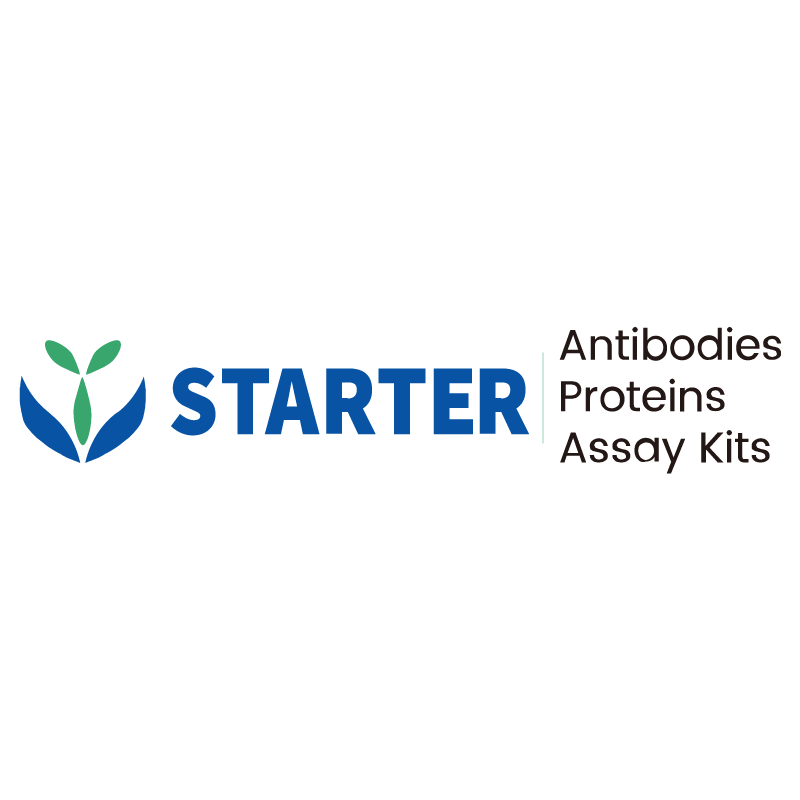2 μg(R: reducing conditions)
Product Details
Product Details
Product Specification
| Species | Mouse |
| Synonyms | C-C motif chemokine 2, Monocyte chemoattractant protein 1, Monocyte chemotactic protein 1 (MCP-1), Platelet-derived growth factor-inducible protein JE, Small-inducible cytokine A2, Je, Mcp1, Scya2 |
| Accession | P10148 |
| Amino Acid Sequence | Protein sequence (P10148, Gln24-Asn148, with C-His tag) QPDAVNAPLTCCYSFTSKMIPMSRLESYKRITSSRCPKEAVVFVTKLKREVCADPKKEWVQTYIKNLDRNQMRSEPTTLFKTASALRSSAPLNVKLTRKSEANASTTFSTTTSSTSVGVTSVTVN |
| Expression System | HEK293 |
| Molecular Weight | Predicted MW: 15.5 kDa Observed MW: 27-40 kDa |
| Purity | >95% by SDS-PAGE |
| Endotoxin | <0.1EU/μg |
| Conjugation | Unconjugated |
| Tag | with C-His tag |
| Physical Appearance | Lyophilized Powder |
| Storage Buffer | Lyophilized from a 0.2 μm filtered solution of 0.2M PBS, pH7.4. |
| Reconstitution | Reconstitute no more than 1 mg/mL according to the size in deionized water after rapid centrifugation. |
| Stability & Storage | 12 months from date of receipt, -20 to -70 °C as supplied. |
Background
The chemokine (C-C motif) ligand 2 (CCL2) is a small cytokine that belongs to the CC chemokine family. CCL2 tightly regulates cellular mechanics and thereby recruits monocytes, memory T cells, and dendritic cells to the sites of inflammation produced by either tissue injury or infection. CCL2 is implicated in pathogeneses of several diseases characterized by monocytic infiltrates, such as psoriasis, rheumatoid arthritis and atherosclerosis. CCL2 is involved in the neuroinflammatory processes that takes place in the various diseases of the central nervous system (CNS), which are characterized by neuronal degeneration. CCL2 expression in glial cells is increased in epilepsy, brain ischemia Alzheimer's disease experimental autoimmune encephalomyelitis (EAE), and traumatic brain injury.
Picture
Picture
SDS-PAGE


